|
Talking with parents, I have a common question: "How can I help at home?"
I love that question! Just like learning language to speak, use expressions beyond literal meaning, and conversational vocabulary, our kids learn a lot from the way we interact with written text. When we read a book, magazine, or newspaper or if we read on a device, it is a great time to include our kids in a conversation. Pick a topic that is a high interest and share the reading with your child. Create the space to share the text in a comfortable and fun way. There is no need to quiz and check for understanding. Instead, engage a conversation about the text. "What do you think about this?" "If you could add something, what would you say?" "Do you have something that would challenge the writer's thinking here?" Words are fun to investigate! Choose a key word of interest that has meaning to explore, or is spelled in a curious way. Out loud, wonder what that word means. Wonder, why is it spelled that way. Are there parts of the word that you can peel off to reveal the base word? Here is a great resource that I use every day. This link etymonline.com is a very powerful and special "dictionary." It reveals the story behind the word that you are searching. You can discover where the word came from and the spellings from the language of origin (which often clears up the spelling mystery). Biggest tip: Make the shared reading experience enjoyable. Reading is a life-long skill, one which continues to strengthen and build beyond the years in school. Building the confidence and desire to engage with the page is the key!
0 Comments
The rich conversation brought such discoveries! What continuously ignites the flame to learning is the discovery of something new born out of curiosity! We celebrate the mystery of what we do not know and the "why" behind the printed word!
As soon as we opened the text, "The Three Billy Goats Gruff," my word scientist exclaimed, "Look! <Gruff> <cliff> these words follow the FLOSS-Z words!" All that I prompt before reading is to open your scientist eyes and be curious! What can you find? It is like a treasure hunt! We use highlighter tape and stick up the text to discover the new Trigraph <dge> that writes /j/ at the end of <bridge.>. To test our hypothesis that it is a new trigraph, we explore other English words where <dge> writes /j/ like in <pledge> and <judge>. This was my first anticipated discovery while reading! Thinking about the plot of the story and writing events on our plot diagram, we discover a new curiosity. Why is <goat> spelled with <oa> and not <gote>? Great question! (I LOVE questions!). We explore all other English words that write the long <o> with <oa>. This leads us to naming words where the long <o> is not in the beginning or the middle like our original word <goat> to discover <ow> like in <snow> and <grow>. "What about <toe>?" she asks excitedly! Oh, my! Another vowel team that writes long <o>. The board becomes full of discovery because of our initial word <goat>. I would never, ever have bundled so many new concepts for this excited learner...it would just be too much...or so I thought! She initiated the discovery and mapped the new learning! Because she was curious and discovered the pattern, it made the difference! Grammar! Yes, the structure of the sentences we write matters. As we write to unlock the plot, the complex sentence is ready for another rich discussion. A prepositional phrase! Another new discovery! The deeper meaning behind the tale unlocks a key ingredient for Traditional Literature. She easily opens the door to the theme of the story! The plot and theme are complete! The learner is in the driver's seat. I am the coach on the side. I ask questions and wonder, right alongside in this discovery partnership. Each session is rich and sweet. Anticipation for the rich conversation!
One of my students is curious about fairy tales and folk tales. We have read many pieces of informational text, so moving into traditional literature will be a great new genre! In our sessions, we unlock the mysteries that written text brings to students. This means word study, writing, and deeper diving into comprehension. When everything we could be curious about is open for exploring, the walls created by fear of failure crumble. Discovery is for all of us! I am the guide; the learner makes the discoveries. That leads me to the anticipation! So, I've chosen a tale that is new for my student, Three Billy Goats Gruff. When I shared the title, it sounded interesting to her because it was unfamiliar...and she likes goats. We have already discovered that base words can end in double letters and this tale is full of them! We have also just discovered our first trigraph, three letters or graphemes that write one phoneme or sound. This tale has a trigraph just sitting there, waiting to be discovered. Ahhh, then the rich conversation about the characters and the conflict. I wonder if there is a lesson that these characters are learning. More rich conversation that can lead to a theme. Finally, the elements or ingredients that a story contains to be in this special genre called, Traditional Literature! The anticipation! I cannot wait until our session! The next post will share her discoveries! Get ready...because there is always a discovery that I did not anticipate! Just the thought makes me smile! How early is too early to start exploring the structure of a word?
Preschool into first grade, children learn about the letters (graphemes) and their sounds (phonemes) while they explore how their spoken word looks when written down. They are also learning how to notice sounds within a word from the beginning to the middle to the end of the word, matching sounds, creating rhymes and changing just one sound to say a completely new word. These pre-reading skills are the foundation and are necessary. When a child wants to write their words to label a picture or tell a story, the cue is often "sound it out" and "write what you hear." This is the time to discover that words have a structure and the spelling holds the key to the meaning of the word. Do not wait until the child is older and ready to study for the SAT vocabulary exam! I always think about how a young child can say the complex names of dinosaurs and understand the difference between them...they can handle the structure of our written word! Think about the word <play> and the word family that you can talk about! Without any print, you can use your fist for the word <play> and attach to the front of your fist with fingers <re> + <play> to build the word <replay>. Consider the base word <help>. Attach the suffix <ing> or <ful> and you have just discovered more words in the word family. Blocks work just as well! This begins the conversation of how words have structure and meaningful parts. Even more exciting, you can build many words with one base word like, <play> or <help>. |
AuthorI am loving learning! I've been an educator for over 30 years and a tutor for ten...and I'm constantly amazed at new discoveries about the brain, how we learn, and how new instructional strategies like Structured Word Inquiry, unlock readers who are stuck. New discoveries about our English language and the structure of words are absolutely the biggest "Ah-Ha" moments with students that I've ever encountered! Archives
November 2022
Categories |

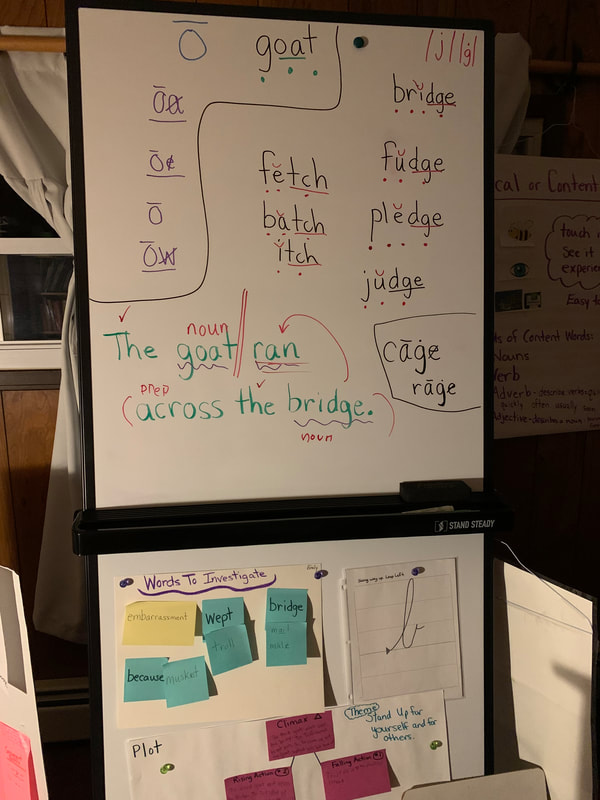
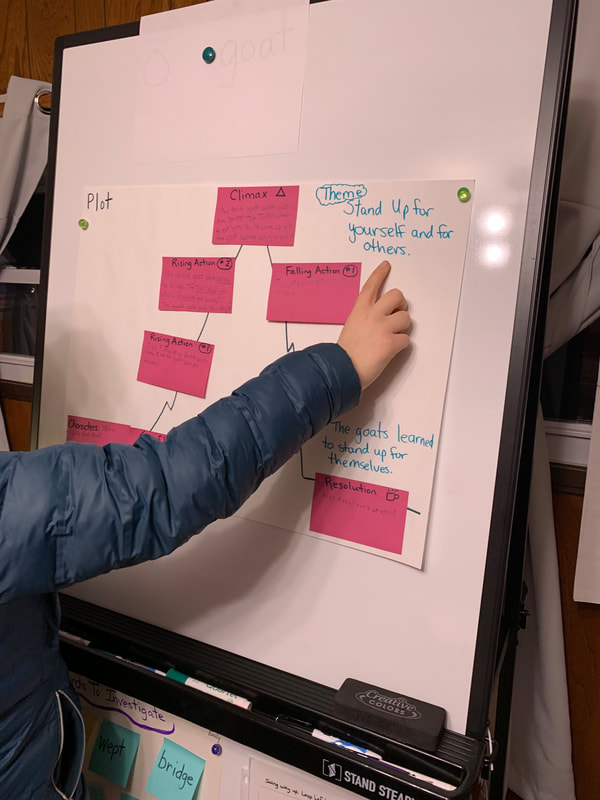
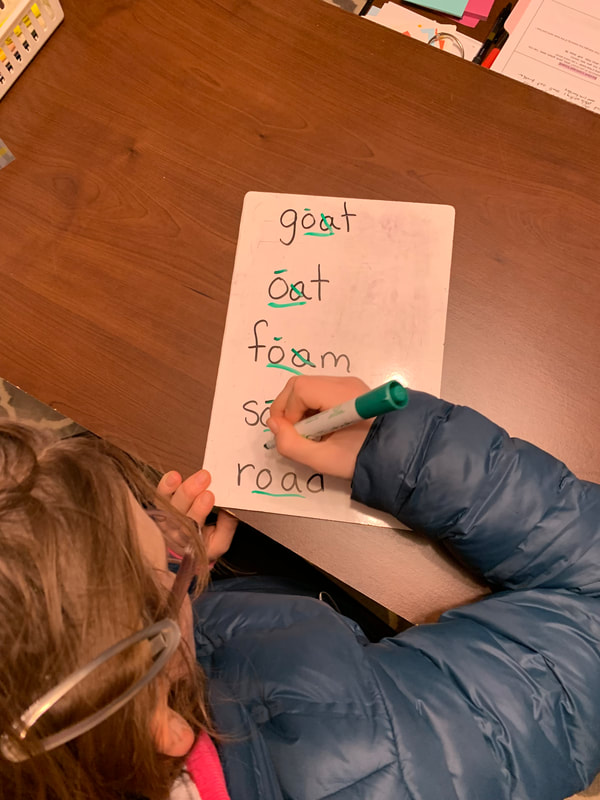
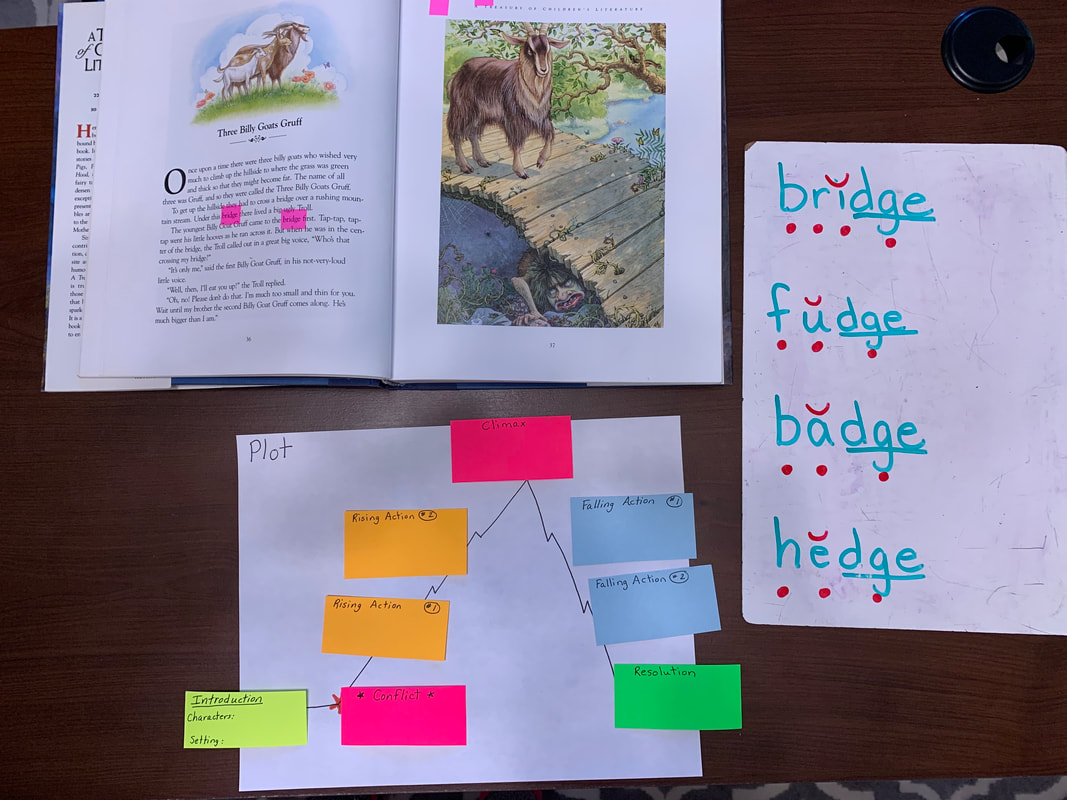
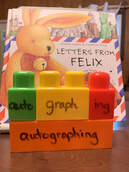
 RSS Feed
RSS Feed